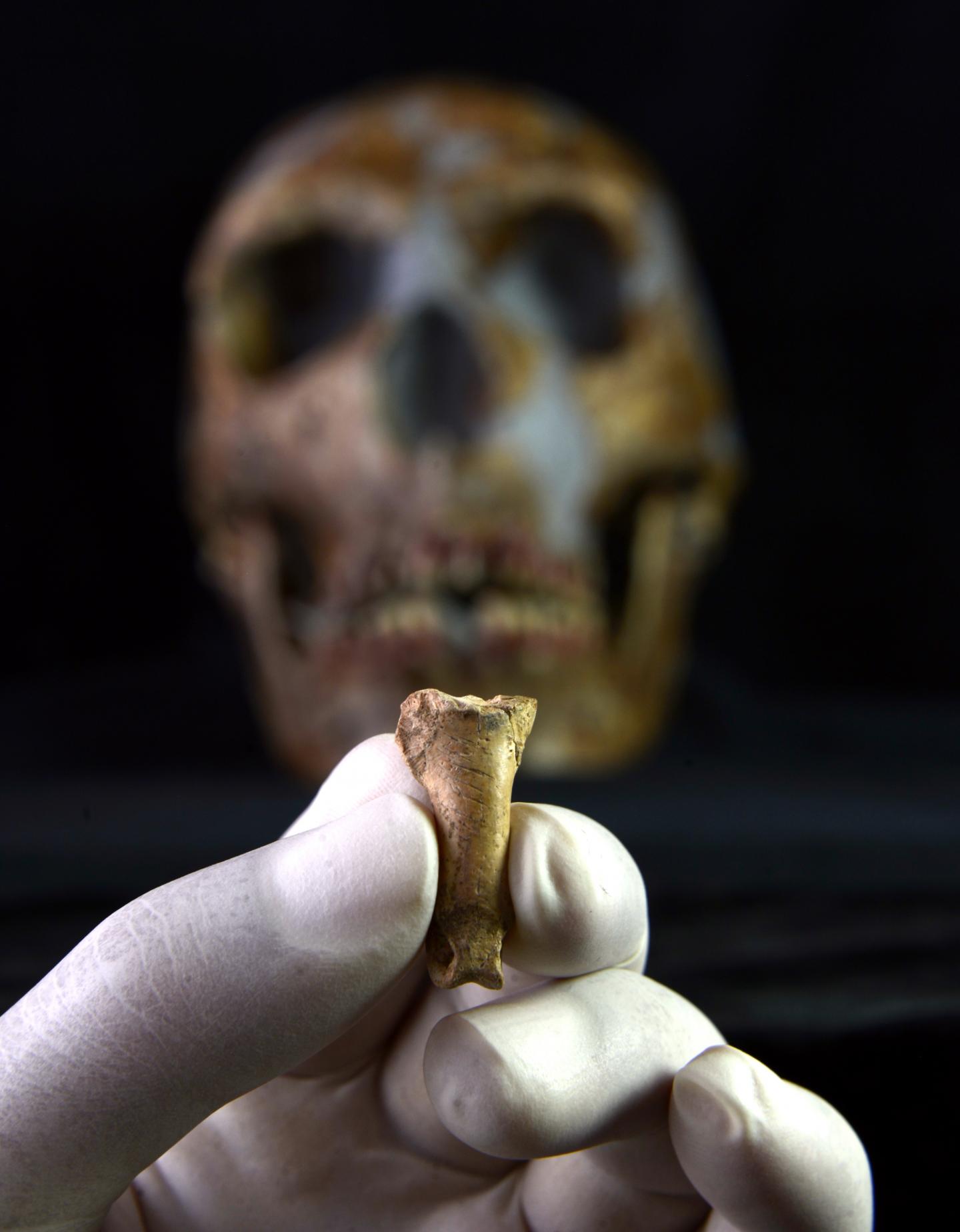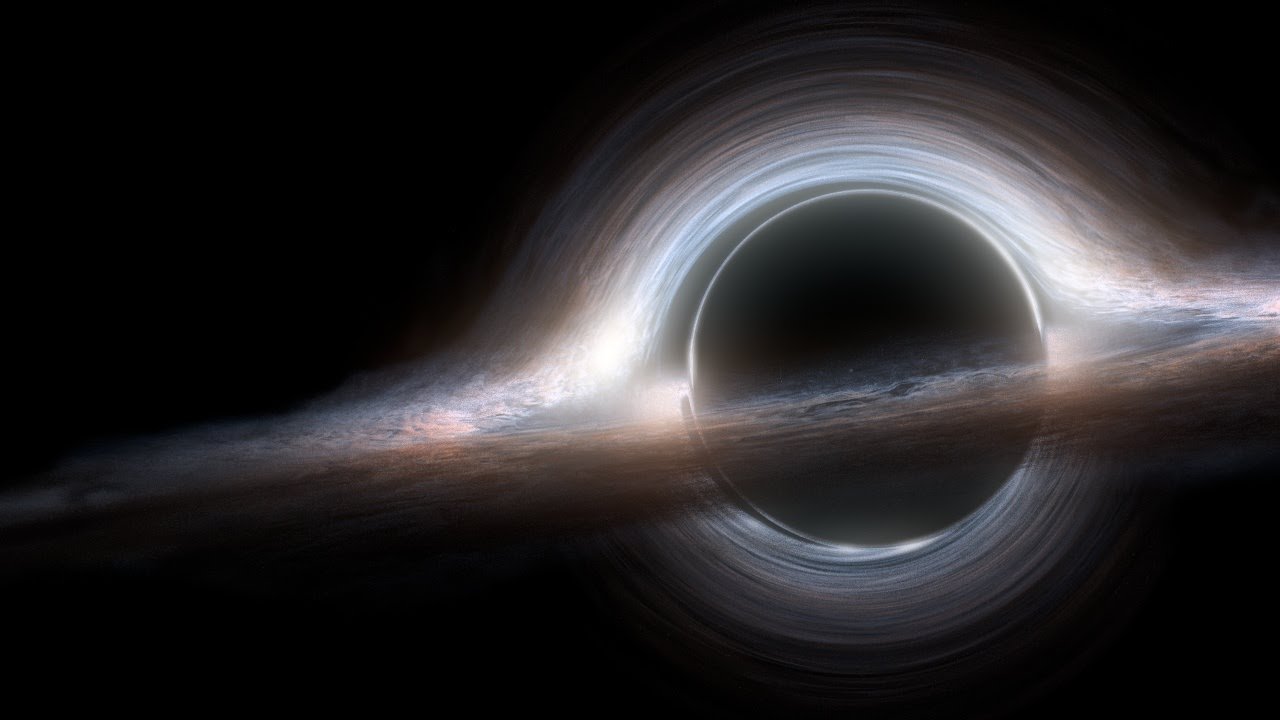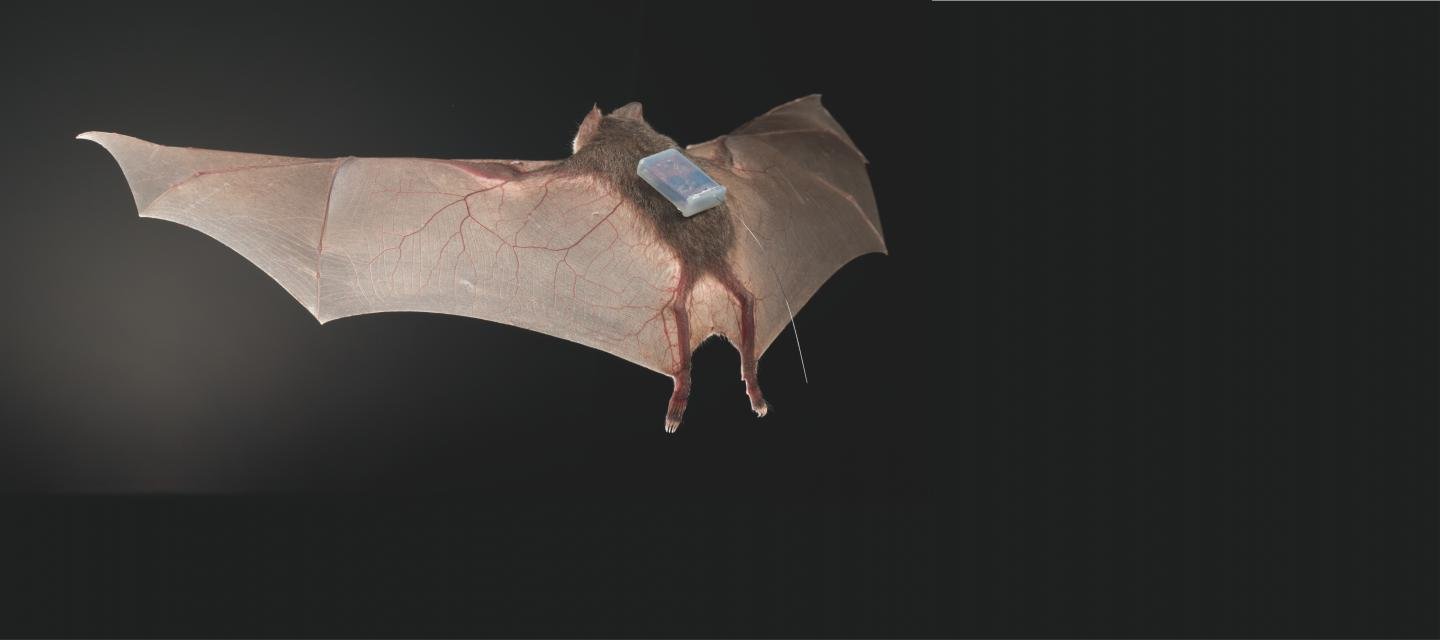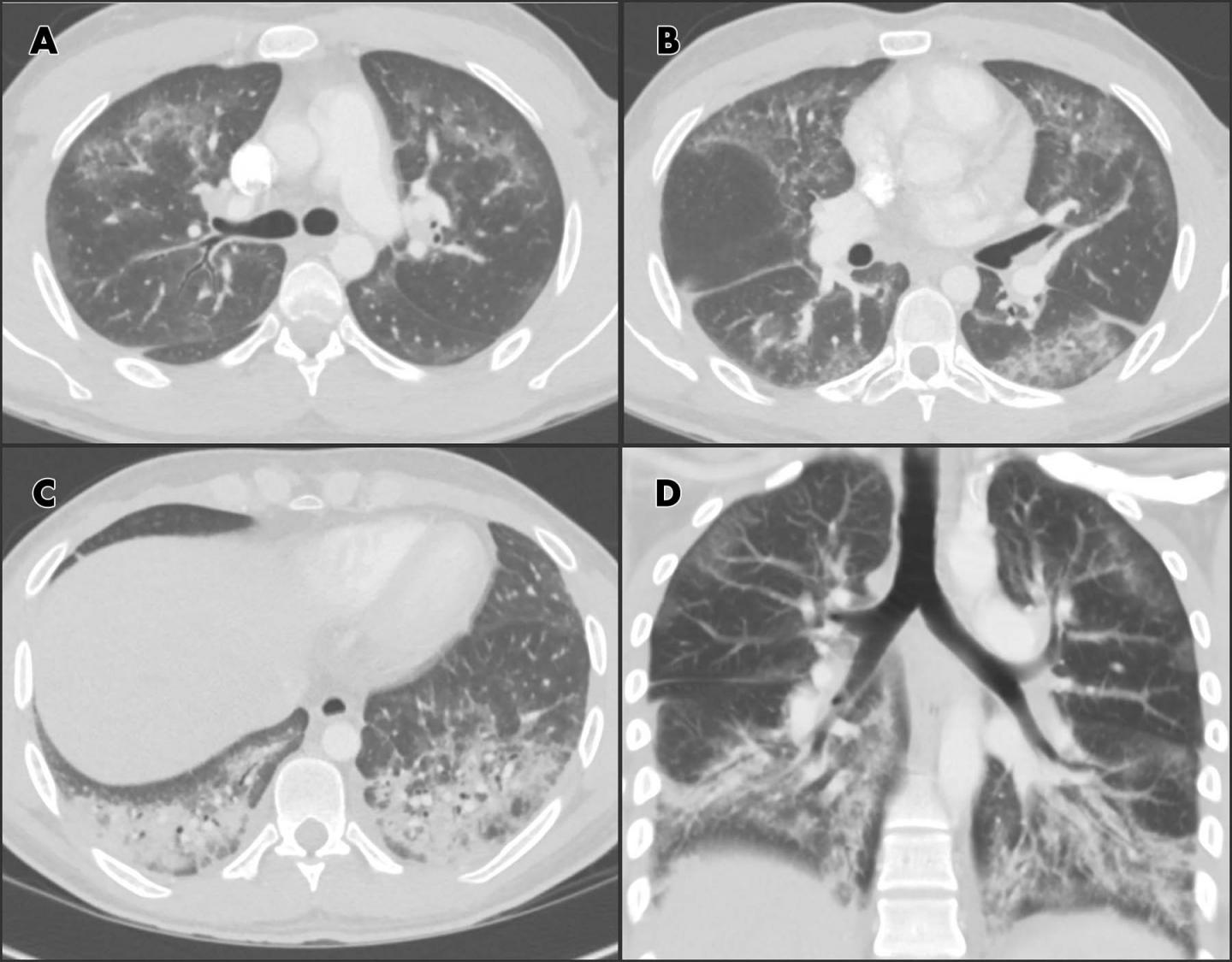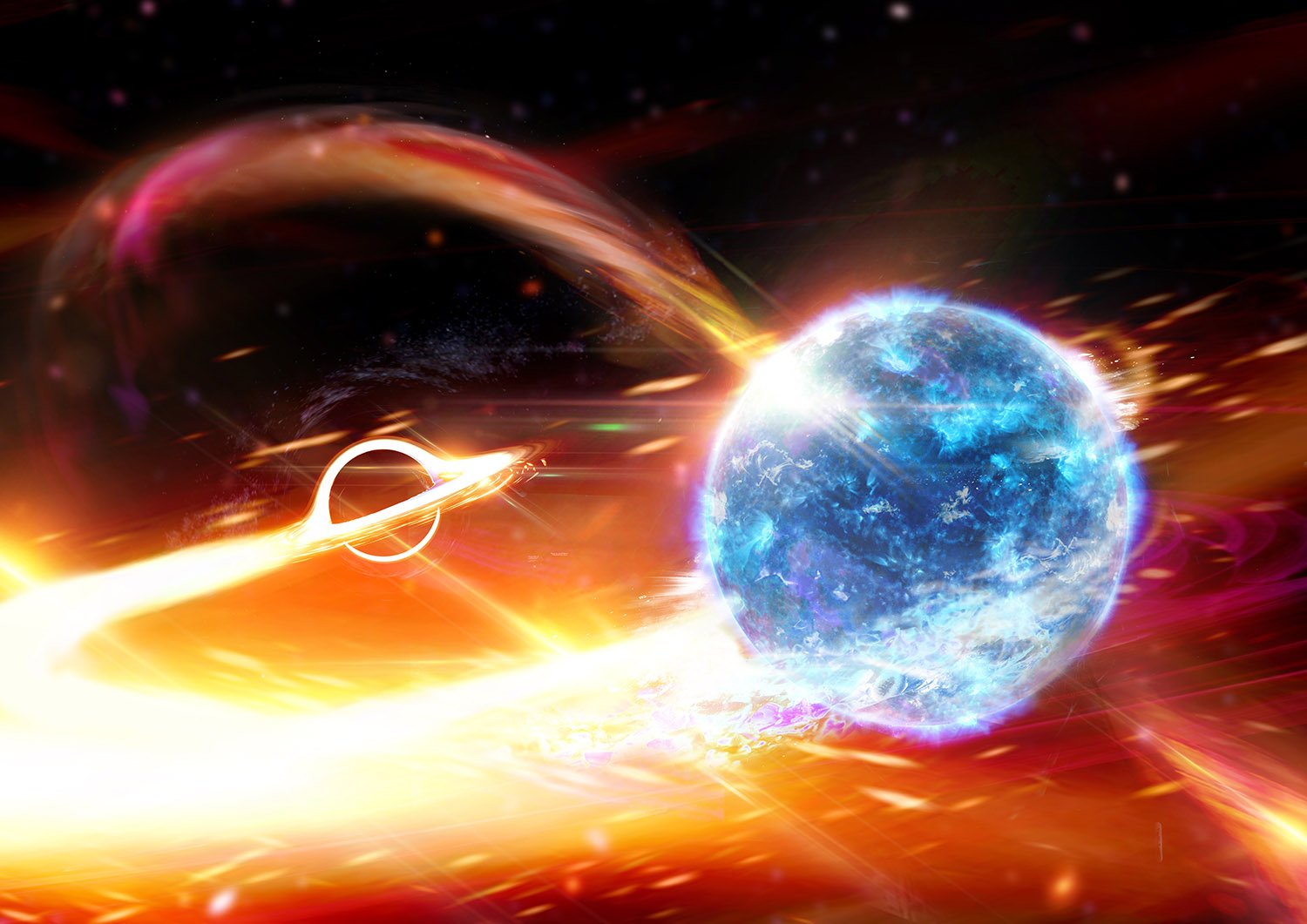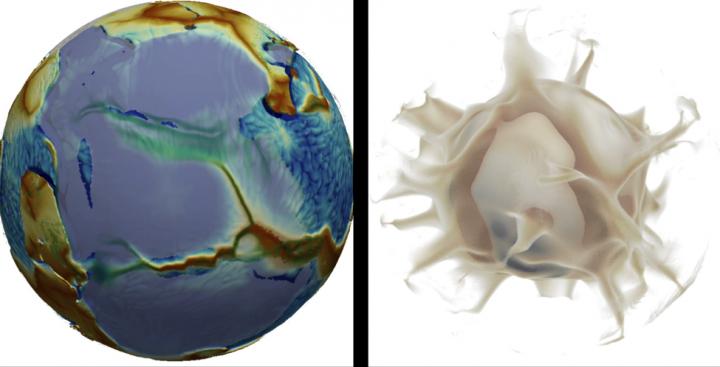The last Neanderthal necklace
Eagle talons are regarded as the first elements used to make jewellery by Neanderthals, a practice which spread around Southern Europe about 120,000 and 40,000 years ago. Now, for the first time, researchers found evidence of the ornamental uses of eagle talons in the Iberian Peninsula. An article published in the cover of the journal Science … Read more
